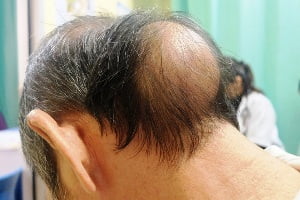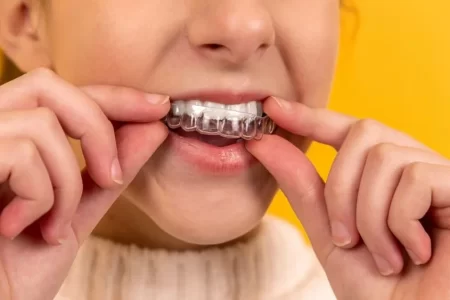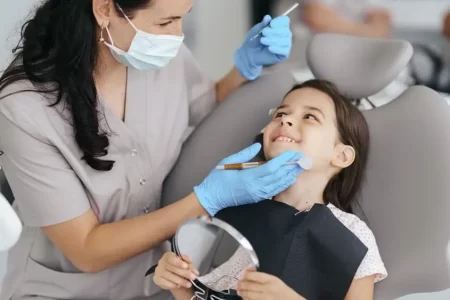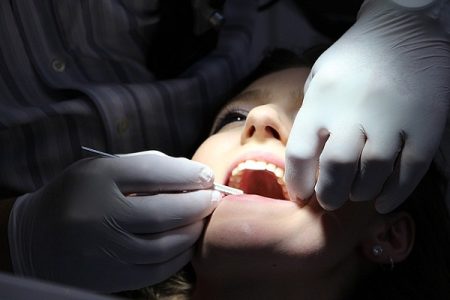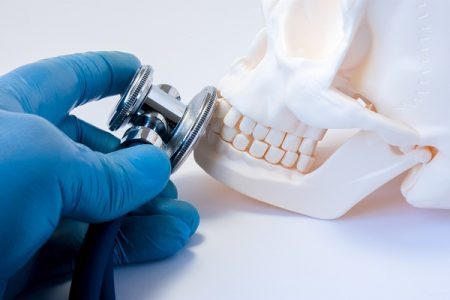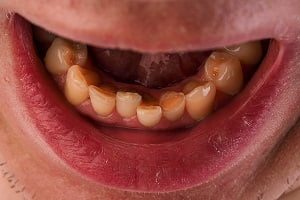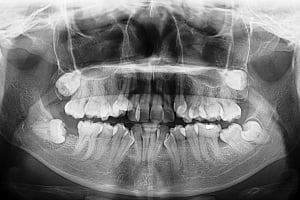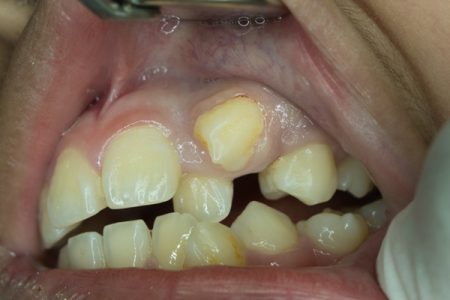Browsing: Supernumerary Teeth
Comprehensive Information, Resources, and Support on Supernumerary Teeth
Discovering Dental Care in Los Algodones: Tips for Selecting the Right Dentist
When it comes to dental care, affordability and quality are two factors that often stand at opposite ends of the…
Oral health is a vital component of overall well-being, and orthodontists play a key role in maintaining it. While general…
Life is filled with memorable and important milestones. Your first day of school, your first kiss, buying your first car.…
9 Common Orthodontic Problems in Kids Which Every Parent Should Know
It is best to approach a trained and experienced dentist or orthodontist to diagnose child teeth problems. But a little…
The presence of supernumerary teeth (extra teeth or Hyperdontia) can interfere in normal occlusal development. These extra teeth should be diagnosed as early as possible, as they are asymptomatic in most cases. Mostly, supernumerary teeth cause esthetic problems. In many cases, they can cause major complications, such as the following.
Supernumerary teeth are the extra teeth which grow in your mouth and cause a condition called hyperdontia. This is characterized by the presence of one or more teeth in addition to the regular set of teeth. Growth of the supernumerary teeth can occur near the curved area of the attachment of your teeth to jaw.
Supernumerary Teeth Chart: Supernumerary Tooth Notation System
Sometimes, people may have extra teeth in their mouths. These are called supernumerary teeth. You can chart these teeth in software (Dentrix) by following these steps. Add 50 to the closest standard tooth number. For example, a supernumerary tooth that is adjacent to tooth 12, would be entered as 62.
Who is an Emergency Dentist? Emergency dentist performs treatment and examination of an urgent dental problem on priority basis. These…
The prevalence of hyperdontia (extra teeth or supernumerary teeth) is 1- 4% of the world population affecting both males and females in a ratio of 2:1 respectively. In most cases, hyperdontia teeth are limited to a single extra tooth. There have been exceptional cases of over 30 extra teeth in one individual.
Hyperdontia definition: What do extra teeth mean? Extra teeth or hyperdontia is a state that causes too many teeth to…

